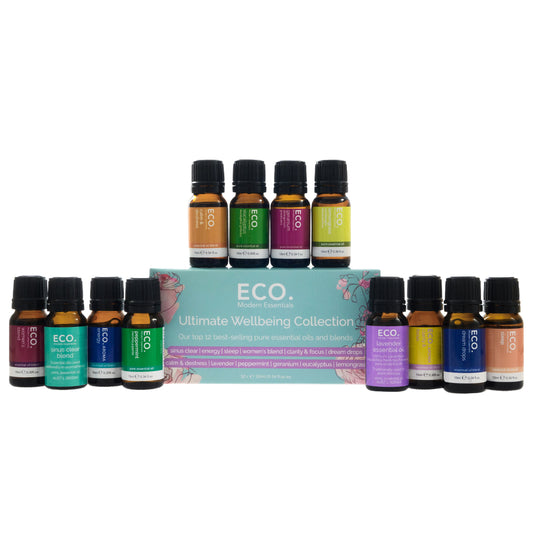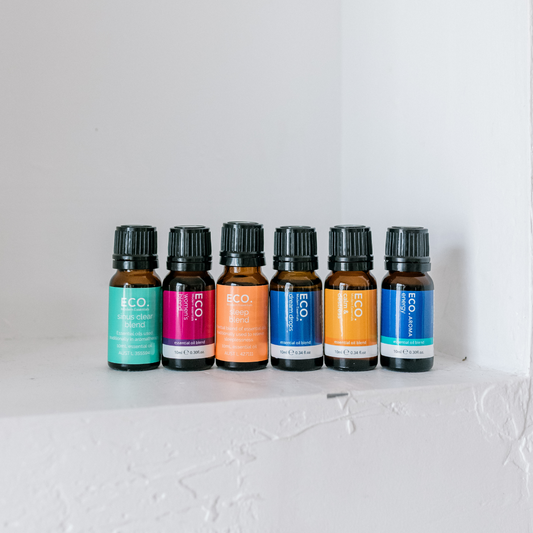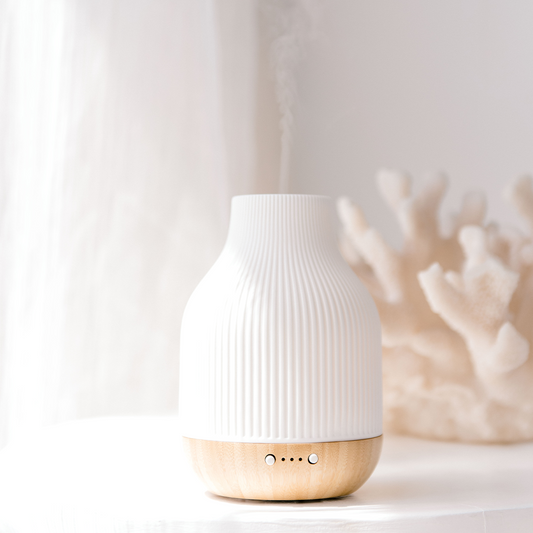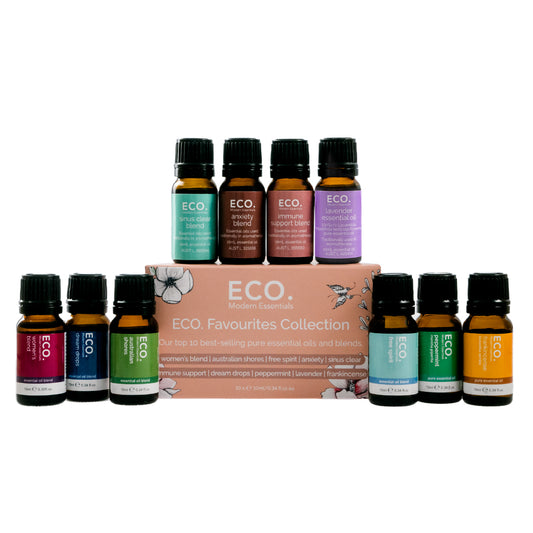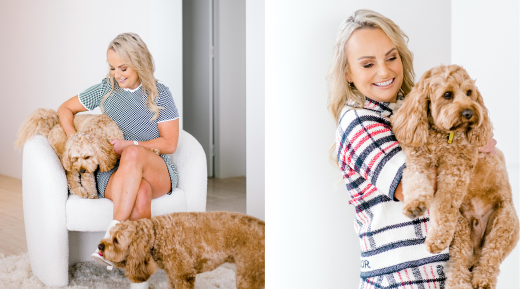
Are essential oils safe for cats and dogs?
As pet owners, we often seek natural remedies to enhance the well-being of our beloved furry friends. Essential oils have gained popularity in recent years for their potential therapeutic benefits, but are they safe for our pets? In this comprehensive guide, we'll explore the dos and don'ts of using essential oils around cats and dogs, along with a curated list of pet-friendly oils and those to avoid.
Please note: The APVMA regulate veterinary medicines in Australia, the following information is written using the APVMA guidelines.
Understanding Pet Sensitivity
Before delving into the world of essential oils for pets, it's crucial to grasp the differences in sensitivity between cats, dogs, and humans. Cats, in particular, possess a unique physiology that makes them more susceptible to adverse reactions from essential oils. Unlike dogs and humans, cats lack a specific liver enzyme responsible for metabolizing certain compounds found in essential oils. As a result, even small amounts of exposure to certain oils can lead to toxicity and health complications in felines. This is the safest way to introduce essential oils to pets, as it allows them to control their exposure by leaving the room if they find the scent too strong. On the other hand, while dogs are generally less sensitive to essential oils than cats, they can still experience adverse reactions if exposed to high concentrations or inappropriate oils. Therefore, it's necessary to exercise caution and consult with your veterinarian before introducing any new essential oil to your pet's environment.
Safe Application Methods
When using essential oils around pets, the key is moderation and mindful application. Here are some safe methods for incorporating essential oils into your pet's routine:
Diffusion: Diffusing essential oils in a well-ventilated area is one of the safest ways to introduce scents to your pets. Start with a few drops of pet-friendly oil such as Lavender Essential Oil in a diffuser and allow your pet to acclimate to the scent. Monitor their behavior, and if they show any signs of discomfort, remove them from the area. If your pet is uncomforable with the scent then they will generally remove themselves from the area, this is a good indication to stop using this essential oil and refrain from using again around your pet.
Bandana or Scarf: Another gentle way to introduce essential oils to your pet is by applying them to a bandana or scarf. Simply add a few drops of pet-friendly oil such as Frankincense Pure Essential Oil to the fabric and allow your pet to wear it gradually. This method allows for controlled exposure and gives your pet the option to remove themselves from the scent if it becomes overwhelming.
Topical Application: When applying essential oils topically to pets, it's crucial to dilute them properly in a carrier oil to avoid skin irritation or sensitization. Mix a few drops of pet-friendly essential oil with a tablespoon of carrier oil such as coconut, jojoba, or sweet almond oil. Gently massage the diluted mixture onto your pet's skin or fur, avoiding sensitive areas like the eyes, nose, and mouth. When in doubt, it's always best to consult with your veterinarian before using any essential oil around your pets.
Pet-Friendly Essential Oil Blends
We've done the hard work for you!
Three curated Essential Oil Blends developed in line with APVMA guidelines launching in March 2025. Sign up below to be notified first.
Pet-Friendly Essential Oils
Not all essential oils are safe for pets. Here's a list of pet-friendly oils that can be used safely around cats and dogs:
- Lavender (Diffusion, Topical)
- Chamomile (Diffusion, Topical)
- Frankincense (Diffusion, Topical)
- Copaiba (Diffusion, Topical)
- Cedarwood (Diffusion, Topical)
- Ylang-ylang (Diffusion in small amounts)
- Bergamot (Diffusion. insmall amounts)
- Clary Sage (Diffusion, Topical)
- Chamomile (Diffusion, Topical)
- Helichrysum (Diffusion, Topical)
- Sandalwood (Diffusion, Topical)
- Vetiver (Diffusion, Topical)
Essential Oils to Avoid
Certain essential oils can be toxic to cats and dogs and should be avoided entirely. Here's a list of oils to steer clear of:
- Geranium (Harmful to Cats)
- Jasmine (Harmful to Cats)
- Rose (Harmful to Cats)
- Tea Tree Oil (Harmful to Dogs and Cats)
- Peppermint Oil (Harmful to Dogs and Cats)
- Wintergreen Oil (Harmful to Dogs and Cats)
- Pine Oil (Harmful to Dogs and Cats)
- Citrus Oils (d-limonene) (Harmful to Dogs and Cats)
- Cinnamon Oil (Harmful to Dogs and Cats)
- Clove Oil (Harmful to Dogs and Cats)
- Eucalyptus Oil (Harmful to Dogs and Cats)
- Oregano Oil (Harmful to Dogs and Cats)
- Thyme Oil (Harmful to Dogs and Cats)
- Anise Oil (Harmful to Dogs and Cats)
- Basil Oil (Harmful to Dogs and Cats)
While essential oils can offer potential benefits for pets, it's crucial to approach their use with caution and respect for your pet's individual sensitivities. Stick to pet-friendly oils and safe application methods, and always monitor your pet for any adverse reactions. When used responsibly, essential oils can be a valuable addition to your pet's wellness routine, enhancing their environment and promoting their overall health and happiness.
When in doubt, it's always best to consult with your veterinarian before using any essential oil around your pets. All information provided in this article is a general guide, specific information relating to your pet can be obtained by your veterinarian. You can also find further information on the APVMA website https://www.apvma.gov.au/






